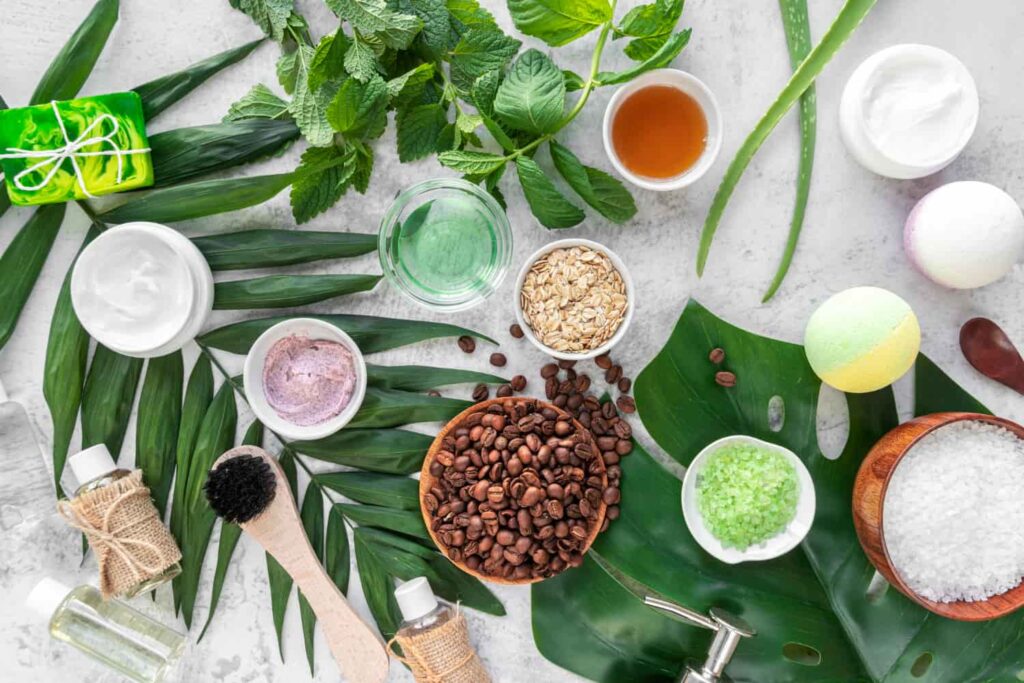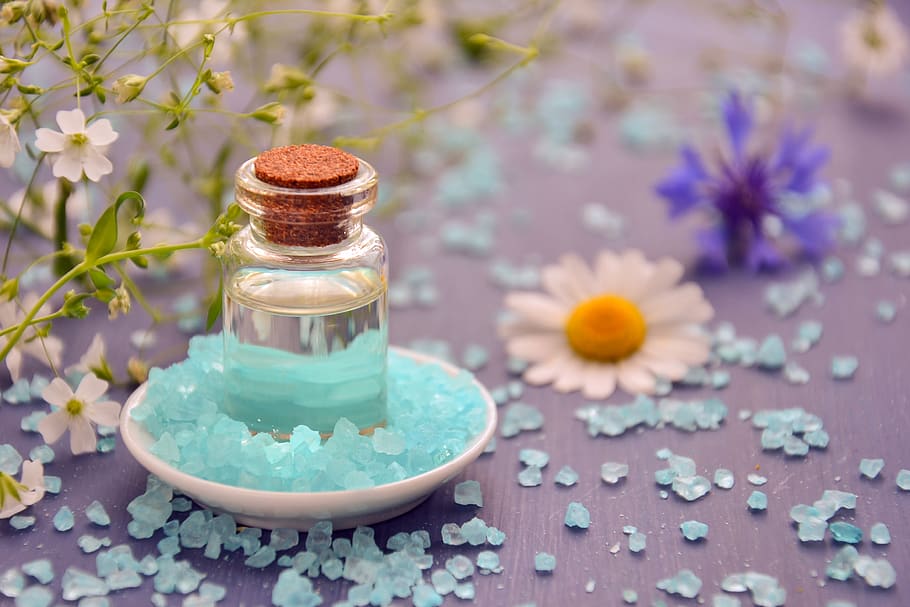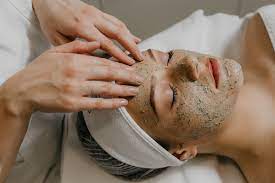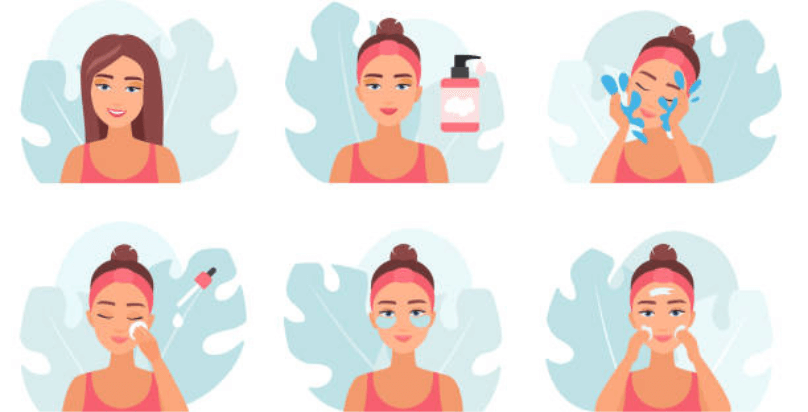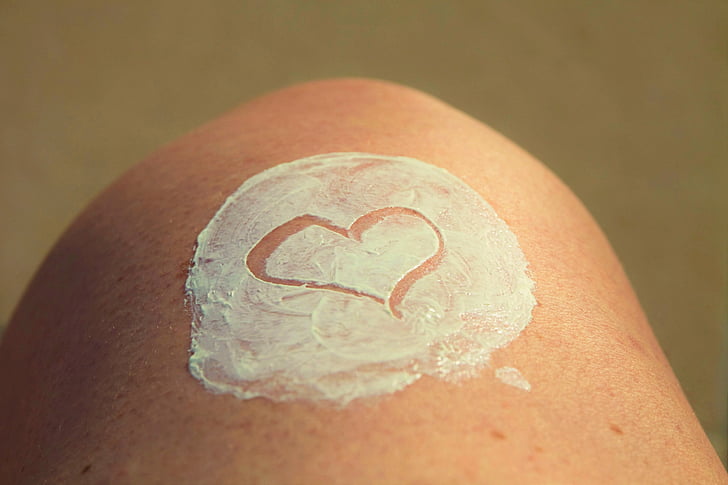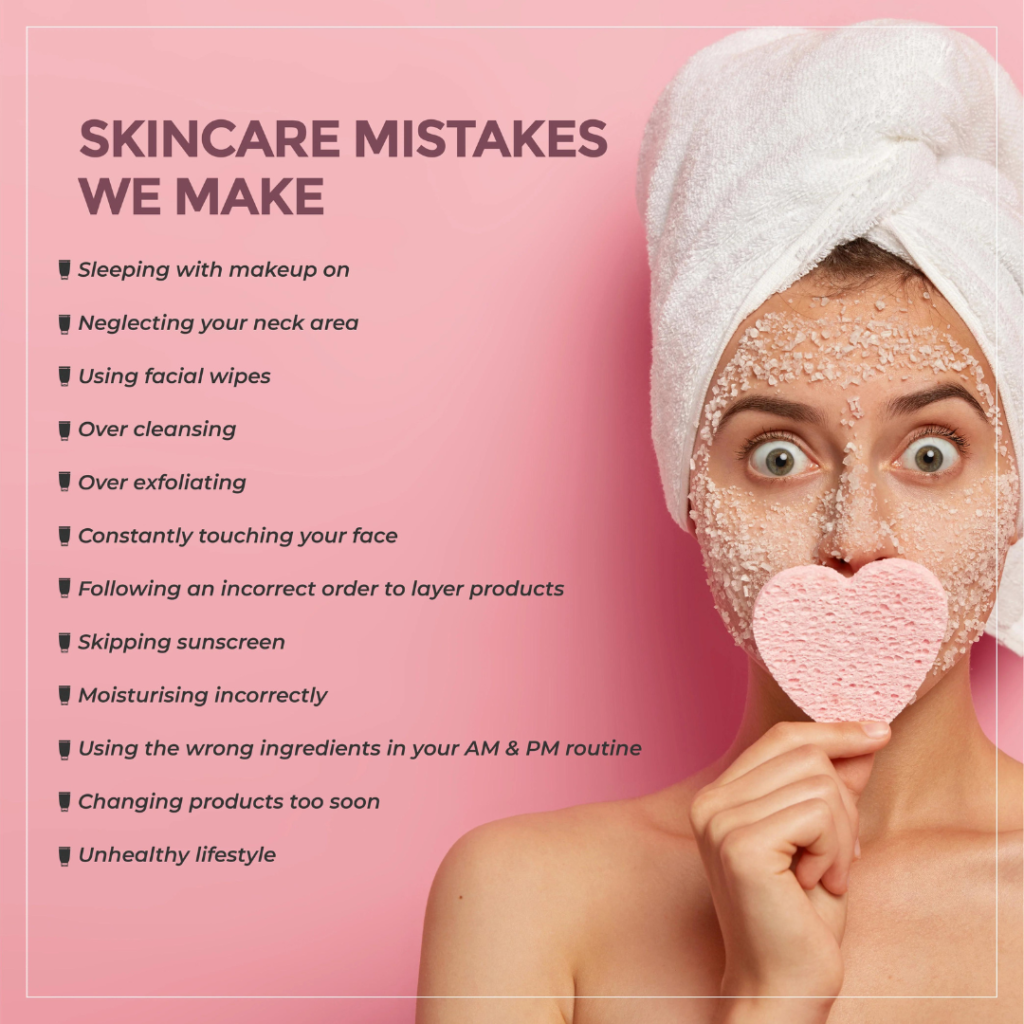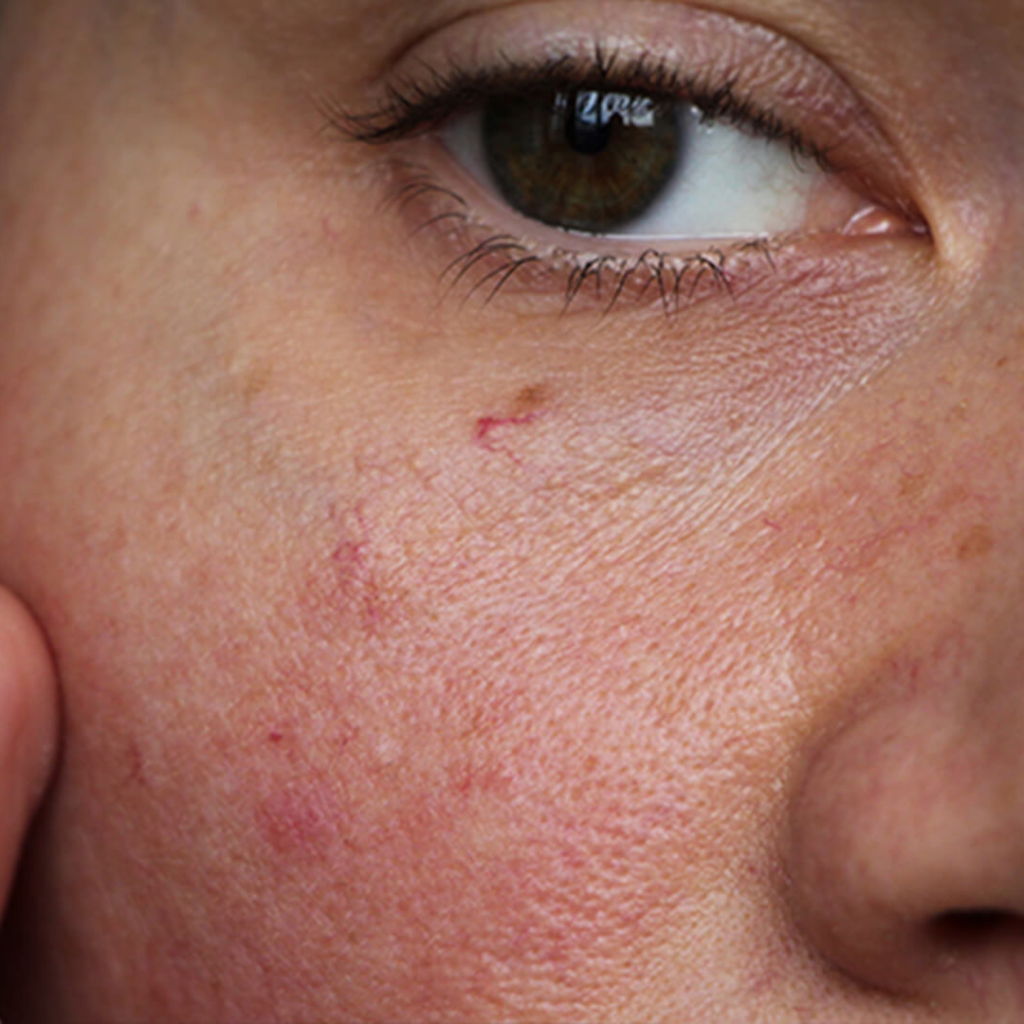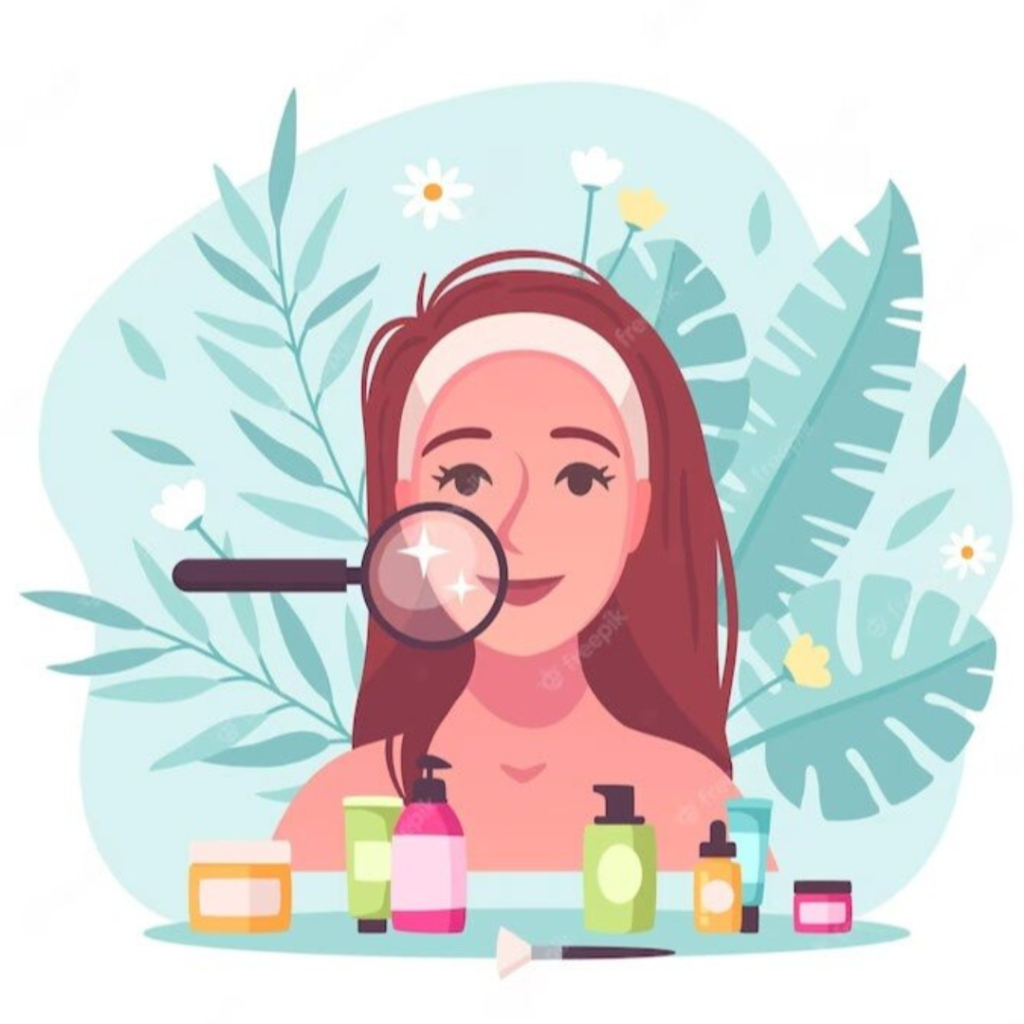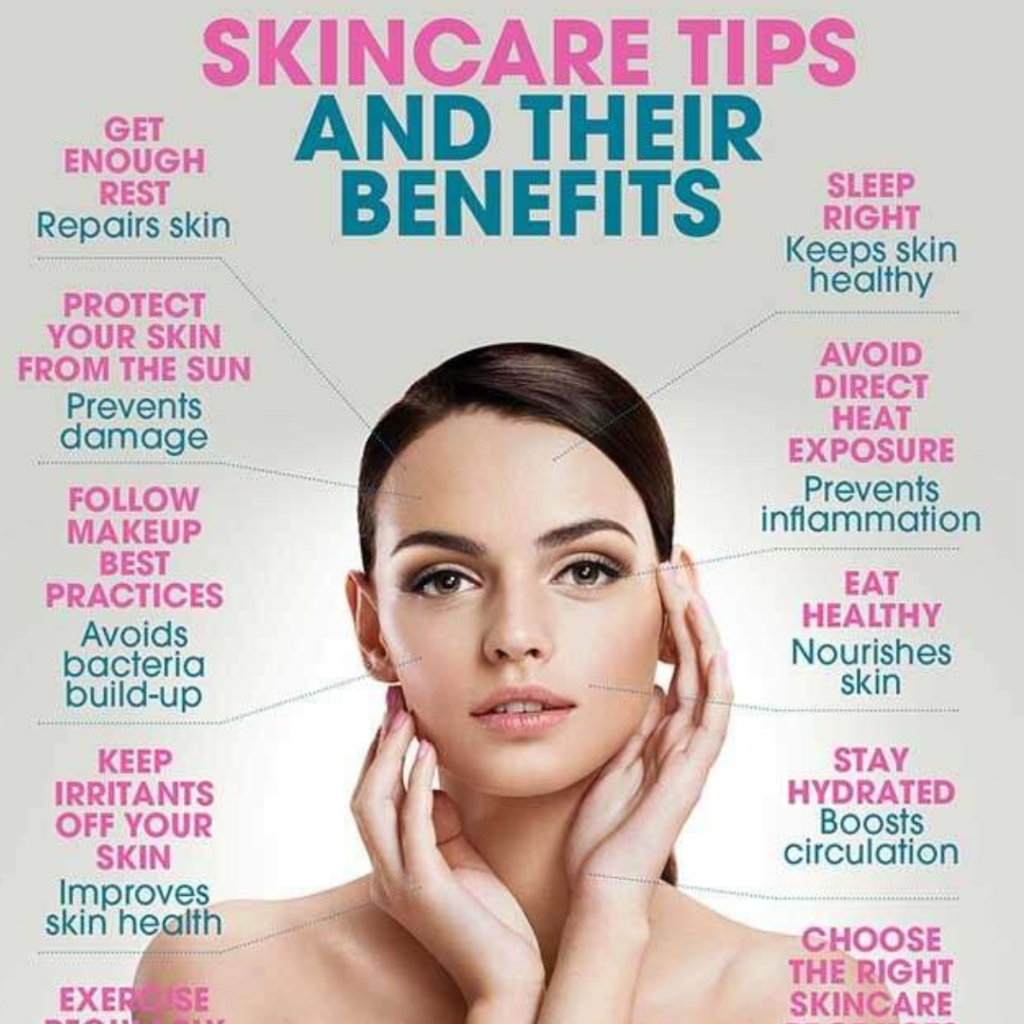Foundations of Ayurvedic Skincare: Your Journey to Glowing Skin
Ayurvedic skincare offers a refreshing alternative, in a world where skincare often seems dominated by complex routines and a barrage of products promising quick fixes. Rooted in ancient Indian wisdom, Ayurveda is a holistic system of medicine that emphasizes balance and harmony within the body, mind, and spirit. It’s no surprise that Ayurveda’s principles can also be applied to skincare, providing a gentle and natural way to achieve radiant, healthy skin.
Ayurveda is an ancient system of holistic healing that originated in India over 5,000 years ago. It encompasses various aspects of health, including skincare. Ayurvedic skincare focuses on achieving and maintaining healthy, glowing skin by balancing the body and mind.
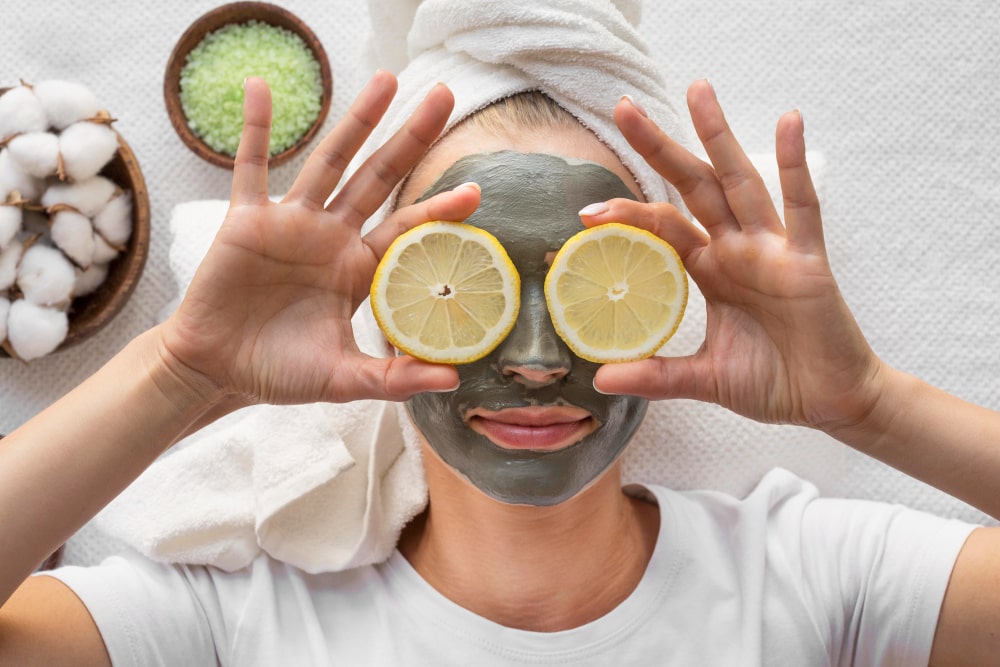
Understanding Ayurveda
Before diving into Ayurvedic skincare, it’s essential to grasp the fundamentals of Ayurveda itself.
Ayurveda is based on the belief that each individual possesses a unique constitution made up of
three primary doshas: Vata, Pitta, and Kapha. These doshas represent different combinations of the
five elements – earth, water, fire, air, and ether – and they influence our physical and mental
characteristics. Here are some key foundations of Ayurvedic skincare to help you on your journey to radiant skin:
1. Vata: Predominantly composed of air and ether, Vata is associated with qualities like dryness,
coldness, and lightness. Vata skin tends to be dry, thin, and prone to fine lines.
2. Pitta: Comprising primarily fire and water elements, Pitta is linked to qualities such as heat,
sharpness, and intensity. Pitta skin can be sensitive, prone to redness, and susceptible to
inflammation.
3. Kapha: Kapha, mainly composed of earth and water, exhibits qualities like heaviness,
moisture, and stability. Kapha skin tends to be oily, thick, and may be prone to congestion.
Determining Your Skin Type
In Ayurvedic skincare, identifying your dosha-based skin type is crucial, as it forms the foundation of
your skincare routine. Here’s a basic guide to understanding your skin type according to Ayurveda:
• Vata Skin: If you have Vata skin, you may notice dryness, flakiness, and a tendency towards
premature aging. Your skincare routine should focus on hydrating and nourishing your skin.
• Pitta Skin: Pitta skin types are more prone to redness, inflammation, and sensitivity. Cooling
and calming ingredients are key to balancing Pitta skin.
• Kapha Skin: Kapha skin tends to be oily and may experience congestion or enlarged pores.
Cleansing and detoxifying elements are vital for maintaining Kapha skin’s balance
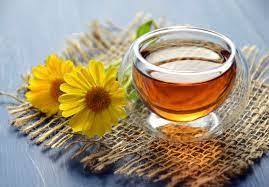
The Ayurvedic Skincare Routine
- Cleansing: Cleansing is the first step in any skincare routine. Ayurveda recommends using
gentle, natural cleansers that cater to your skin type. For Vata skin, use a hydrating and
creamy cleanser. Pitta skin benefits from a cooling and soothing cleanser, while Kapha skin
requires a purifying and detoxifying option. - Exfoliation: Exfoliation helps remove dead skin cells, allowing your skin to breathe and
absorb nutrients better. Ayurveda suggests using natural exfoliants like chickpea flour, rice
flour, or oatmeal, customized to your dosha. - Toning: Ayurvedic toners, known as “rosewater” or “floral waters,” help balance your skin’s
pH levels. Look for rosewater for Vata, cucumber water for Pitta, and neem-infused water for
Kapha. - Nourishment: Applying herbal oils or serums that align with your dosha is key to Ayurvedic
skincare. Vata skin benefits from oils like sesame or almond, while Pitta skin responds well to
cooling oils like coconut or sunflower. Kapha skin benefits from lighter oils such as grapeseed
or jojoba. - Face Masks: Regularly incorporating homemade Ayurvedic face masks into your routine can
address specific skin concerns. For Vata skin, a moisturizing mask with honey and rose is
ideal. Pitta skin can be soothed with a yogurt and cucumber mask, while Kapha skin benefits
from a clay-based mask. - Massage: Self-massage, known as “Abhyanga,” is a vital aspect of Ayurvedic skincare. It
stimulates blood circulation, relaxes facial muscles, and enhances product absorption. Use
gentle upward strokes while massaging with your dosha-appropriate oil. - Diet and Lifestyle: Ayurvedic skincare extends beyond topical products. A balanced healthy diet,
adequate hydration, and managing stress play significant roles in maintaining radiant skin.
Incorporate foods and practices that align with your dosha to promote overall well-being.

Conclusion
In a world where skincare can be overwhelming and filled with chemicals, Ayurvedic skincare offers a
holistic, personalized, and natural approach to achieving and maintaining radiant skin. By
understanding your dosha-based skin type and tailoring your skincare routine accordingly, you can
embark on a journey towards not only beautiful skin but also improved overall health and well-being.
Embrace the wisdom of Ayurveda, and let your skin radiate with the glow of inner balance and
harmony.
Remember that Ayurvedic skincare is highly personalized based on your dosha, and what works for one person may not work for another. It’s advisable to consult with an Ayurvedic practitioner or skincare expert to create a customized skincare routine that suits your unique constitution and skin type. Patience and consistency are key when adopting Ayurvedic skincare practices, as it may take some time to see noticeable results.
By: Ria Khurana
Also read:
https://winingwellness.com/seasonal-skincare-tips
Foundations of Ayurvedic Skincare: Your Journey to Glowing Skin Read More »

